Dubrovnik – the first acquaintance
How best to plan your day in Dubrovnik. Your first day.
Exploring the city of Dubrovnik usually starts with the Old Town. Is a maze of winding streets, alleys, and staircases that transport visitors back in time to the 16th century. As you wander through the city, you will be enchanted by the scent of fresh sea air and the sound of church bells ringing in the distance.
The main attraction of the Old City is the city walls, made of stone and standing for centuries, protecting the city from invasion. Walking along the walls, you can enjoy a bird's eye view of the city and the surrounding Adriatic Sea, which is a breathtaking sight.
Another attraction worth seeing is Stradun, the main street of the Old City, lined with shops, restaurants, and cafes. It's a lively place where locals and tourists alike come to shop, eat, and socialize. Exploring the side streets branching off from Stradun is also recommended, as they offer a glimpse into the city's rich history and culture.
The Cathedral of the Assumption of the Virgin Mary
The Cathedral of the Assumption of the Virgin Mary is a captivating attraction to visit. Legend has it that during the Third Crusade, King Richard the Lionheart's ship was wrecked near the island of Lokrum, and in thanksgiving to God for his salvationand he donated money towards the construction of St. Mary's Basilica, which later fell victim to an earthquake. On the site of the destroyed church was built the Catholic Cathedral of the Assumption of the Virgin Mary. However, this story is not supported by historical evidence. Alas, it is only a beautiful legend. King Richard never visited Dubrovnik, and the construction of the Basilica predates the Third Crusade.
The Rector's Palace, also known as Knežev dvor in Croatian, is a historic building located in the heart of Dubrovnik's Old Town. It was originally built in the 14th century as a residence for the Rector, the city's elected governor. Over the centuries, it underwent several renovations and additions, resulting in a unique blend of Gothic, Renaissance, and Baroque architectural styles. It served as the seat of government and the center of political life in Dubrovnik for over 400 years.
The Rector's Palace
Nowadays, the Rector's Palace is a museum showcasing the history and culture of Dubrovnik. Visitors can explore the various chambers, including the Council Chamber, the Senate Chamber, and the Rector's private chambers. The museum displays a range of artifacts, such as paintings, furniture, and ceremonial objects. The palace's façade is a notable feature, adorned with intricate carvings and decorations. The courtyard is also an impressive sight with its arched walkways and elegant staircase. It's also a cultural hub hosting various events and exhibitions throughout the year, such as concerts, theater performances, and art exhibitions.
The Minceta Tower
Minceta Tower is a 15th-century tower located in Dubrovnik Croatia. It was built as part of the city’s fortifications and designed by Croatian architect Juraj Dalmatinac. The tower is named after the Mencetic family, one of the most prominent noble families in Dubrovnik at the time.
The tower has a circular shape and is located on the highest point of the city walls. It served as a defensive structure against potential attacks from the landward side. The tower was built with thick walls and had cannons on its roof which were used to defend the city.
The tower has four levels and a terrace at the top which offers stunning views of the city and the Adriatic Sea. The interior is decorated with intricate carvings and inscriptions including the Latin phrase “Non bene pro toto libertas venditur auro” (“Freedom is not sold for all the gold in the world”), which serves as a reminder of Dubrovnik’s commitment to freedom and independence.
Today, Minceta Tower is open to the public and is one of the most popular tourist attractions in Dubrovnik. Visitors can climb to the top of the tower and enjoy panoramic views of the city and sea.
The Bell Tower and Sponza Palace
In the Old City of Dubrovnik, there are two well-known landmarks called the Bell Tower and Sponza's Palace, which is also known as Luža City-Bell. The Bell Tower stands tall at 31 meters and has a bell that has been ringing for centuries. Sponza Palace was built in the 16th century and was a hub for trade and commerce back in the day.
The Church of Our Lady of Mount Carmel
Another beautiful attraction in the Old Town of Dubrovnik is the Church of Our Lady of Mount Carmel, or Crkva Gospe od Karmela. It was built in the early 17th century and is a stunning example of Baroque-style architecture. The church is dedicated to the Virgin Mary and boasts intricate decorations and frescoes inside.
The façade of the church features a statue of the Virgin Mary holding baby Jesus, while the altar is adorned with a painting of the Virgin Mary and saints. Additionally, the church houses a small museum where visitors can explore religious art, artifacts, chalices, vestments, sculptures, and historical documents related to the church's history.
The St. Blaise's Church or st. Vlaha
The Blaise's Church, also known as Crkva sv. Vlaha or La chiesa di San Biagio, is a remarkable landmark in the Old City of Dubrovnik that is definitely worth a visit. This 18th-century church is dedicated to Saint Blaise, who is the patron saint of Dubrovnik. The church's magnificent Baroque architecture and intricate carvings are a testament to the city's rich cultural heritage.
The Great Onofrio's Fountain
Velika Onofrijeva česma, or the Great Onofrio's Fountain, is a magnificent attraction in the old town of Dubrovnik, Croatia. The fountain was designed by the Italian architect Onofrio della Cava in the 15th century to provide water to the city from a nearby spring. The fountain comprises of sixteen beautifully carved stone masks that spout water into a large basin. These masks represent various mythological and historical figures from ancient Rome, and they are incredibly intricate and detailed. The fountain's size and beauty are evidence of Dubrovnik's wealth and power during the Renaissance period. Nowadays, the Great Onofrio's Fountain is a popular tourist destination and a symbol of Dubrovnik's rich history and culture.
The Church of St. Ignatius
The Church of St. Ignatius, or Crkva svetog Ignacija in Croatian, is a magnificent architectural and artistic masterpiece located in the heart of Dubrovnik's Old Town. Built in the 17th century in Baroque style, the church is dedicated to St. Ignatius of Loyola, the founder of the Jesuit order, and is considered one of the finest examples of Baroque architecture in Dubrovnik. Designed by the renowned Jesuit architect Ignazio Pozzo, the church's façade is adorned with a rich display of statues, sculptures, and reliefs that lead up to a grand entrance with a large staircase.
Inside, the ornate altars, frescoes, and paintings are awe-inspiring, and the main altar, dedicated to St. Ignatius, features a statue of him in full Jesuit regalia. Notably, the trompe l'oeil ceiling fresco, painted by the Venetian artist Gaetano Garcia, portrays the life of St. Ignatius with vivid detail and creates a lifelike three-dimensional dome illusion.
The church's location atop a hill adds to its allure, providing breathtaking panoramic views of the city and the sparkling Adriatic Sea. Visitors can climb the bell tower of the church for an even more spectacular view of Dubrovnik.
Furthermore, the Church of St. Ignatius is not only a stunning architectural and artistic feat but also a place of historical significance. The church is closely linked to the Collegium Ragusinum, a Catholic grammar school housed within the college premises. The school, which has a long-standing reputation for academic excellence, was founded by the Jesuits in the 16th century and played an important role in the intellectual and cultural life of Dubrovnik.
The Franciscan Monastery
The Franciscan Monastery, known as Franjevački samostan in Croatian, is a significant cultural and religious landmark in Dubrovnik. Its construction began in the early 14th century, and it has since undergone numerous renovations and additions.
One of the most striking features of the monastery is its Gothic-Renaissance cloister, considered one of the world's most beautiful. Adorned with intricate stonework, it surrounds a central courtyard with a well. Visitors can also view a collection of artwork within the monastery, including paintings, sculptures, and manuscripts.
The monastery's pharmacy is also a popular attraction, being one of the oldest functioning pharmacies in Europe, operational since the 14th century. It houses antique medical equipment, jars, and remedies.
The monastery's church is a must-visit spot, showcasing a magnificent collection of religious art, including paintings by renowned Italian artists such as Titian and Andrea del Sarto. The church's interior is decorated with beautiful frescoes and ornate marble altars and sculptures.
St. John's Fortress
St. John's Fortress is a historic stronghold situated in Dubrovnik, Croatia. Initially constructed in the 14th century as a defensive bastion to shield the city from maritime assaults, the fortress underwent several transformations over time. While the towers originate from the 14th century, the primary structure was erected during the 16th century. Presently, the fortress serves as a home to a maritime museum, an aquarium, and the Pulitika studio. As one of the central forts in the Dubrovnik City walls defense complex, St. John's Fortress is located on the southeastern side of the old city port, guarding the entrance and controlling the harbor's security.
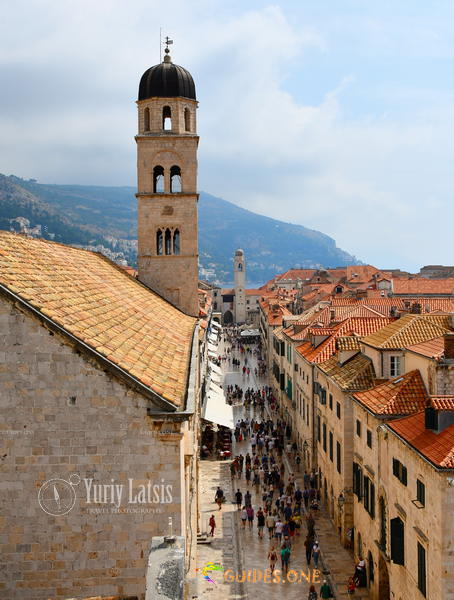
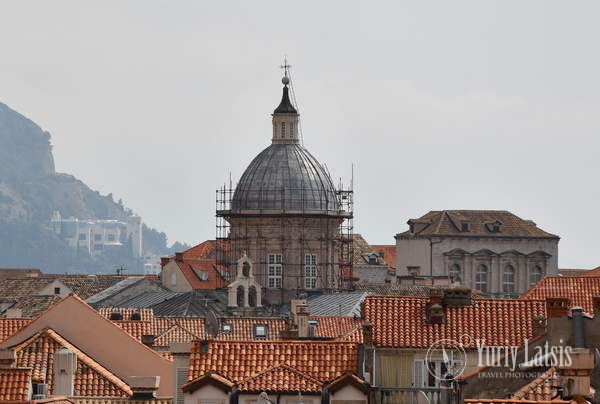
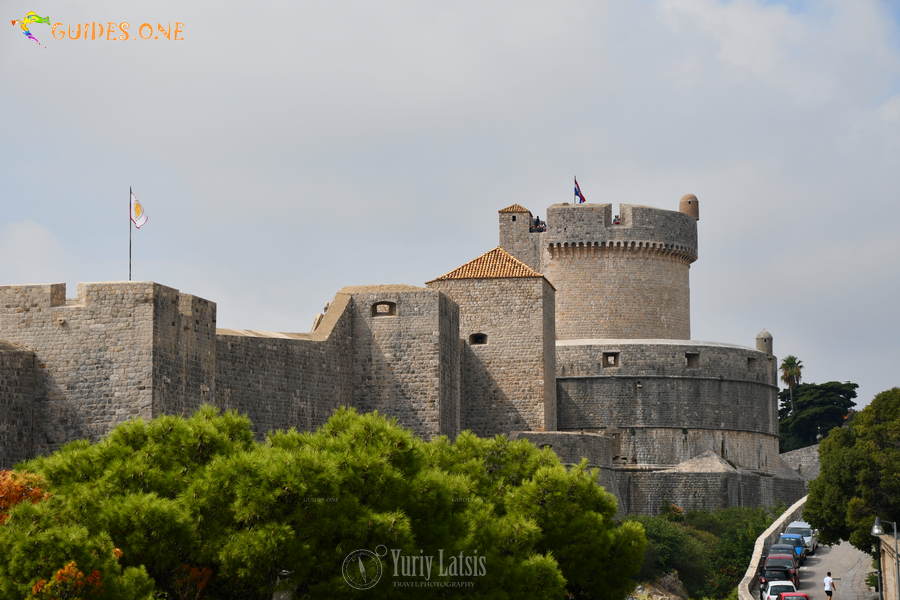

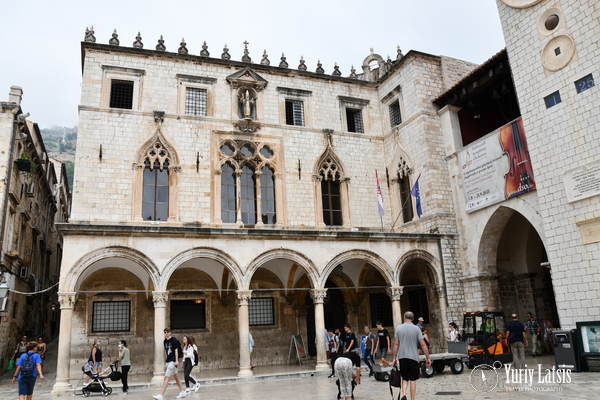
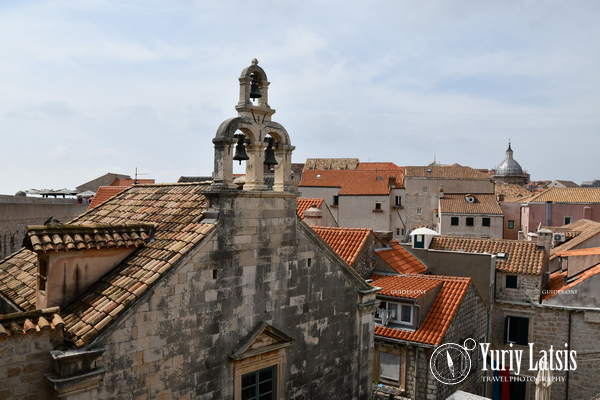

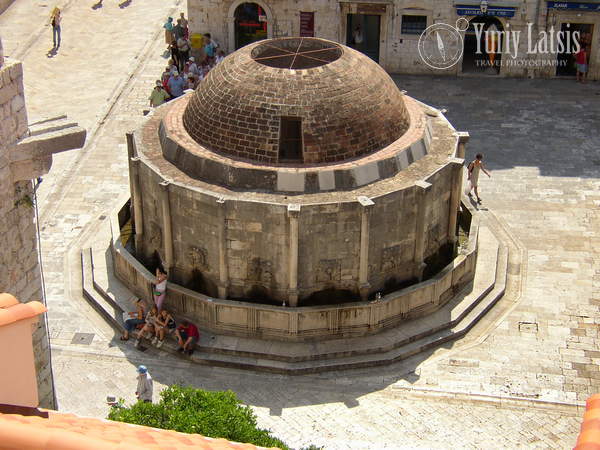



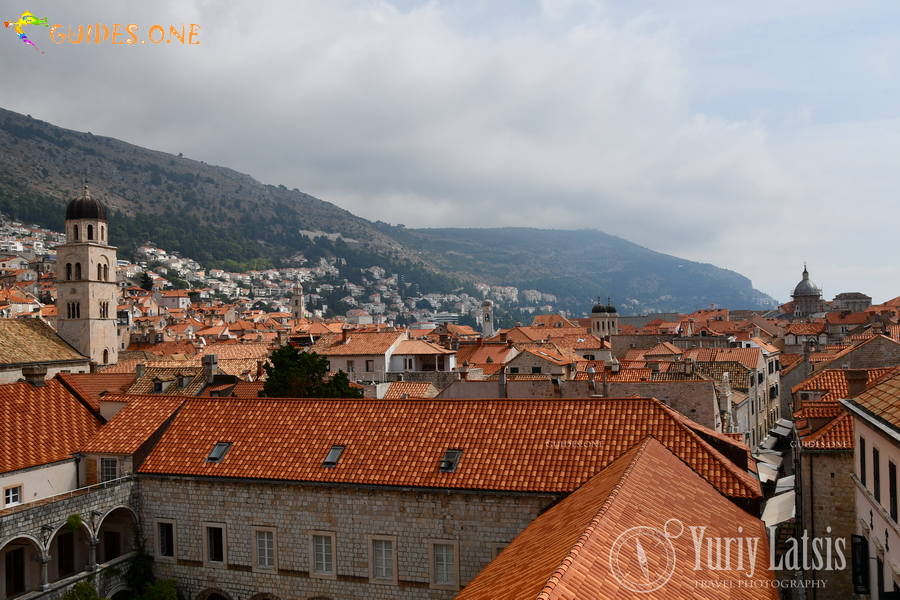
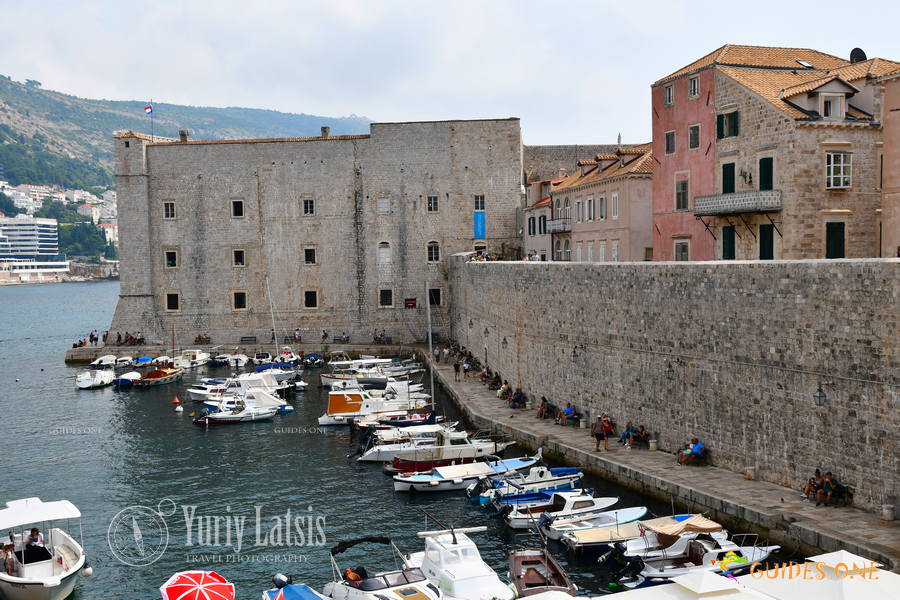
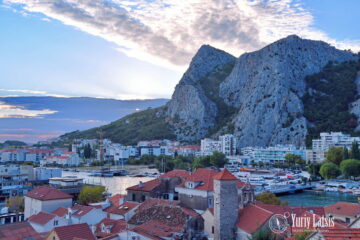

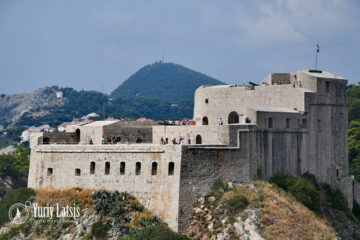
0 Comments